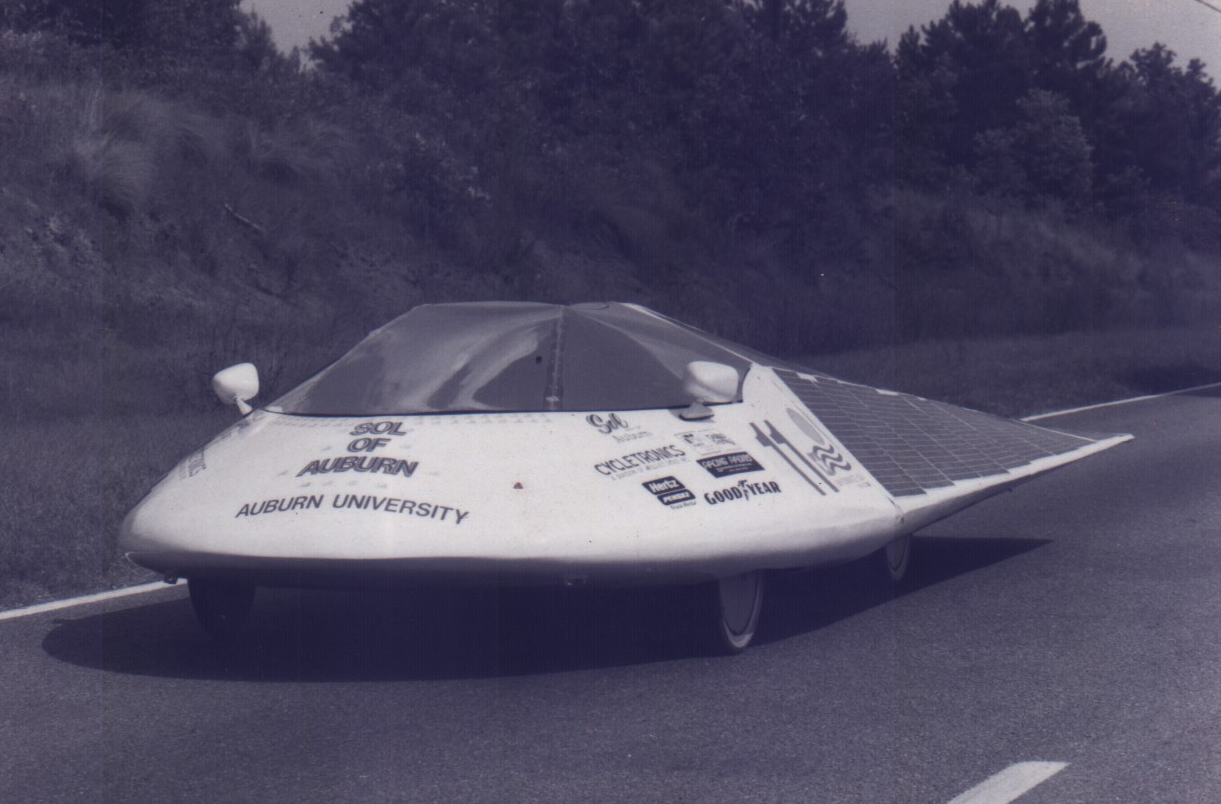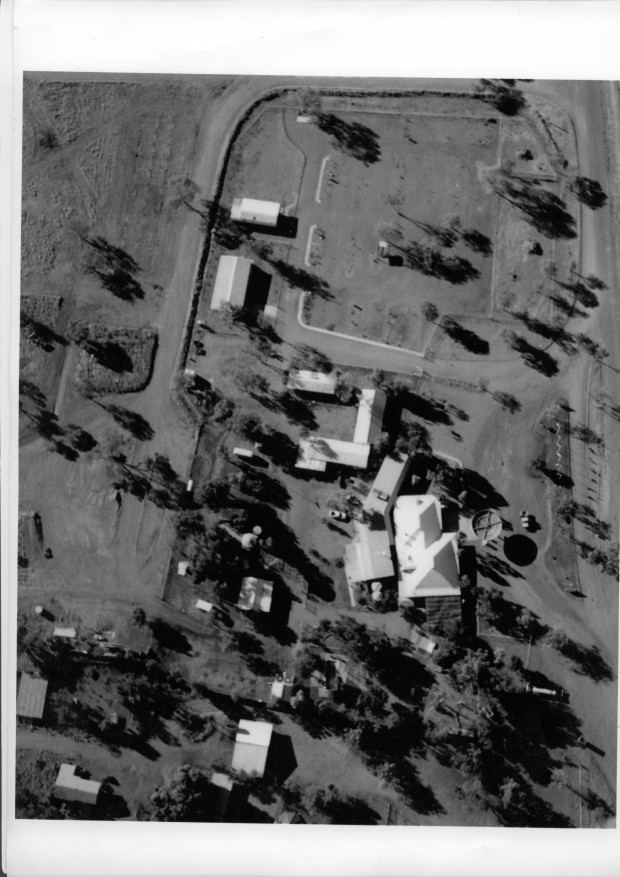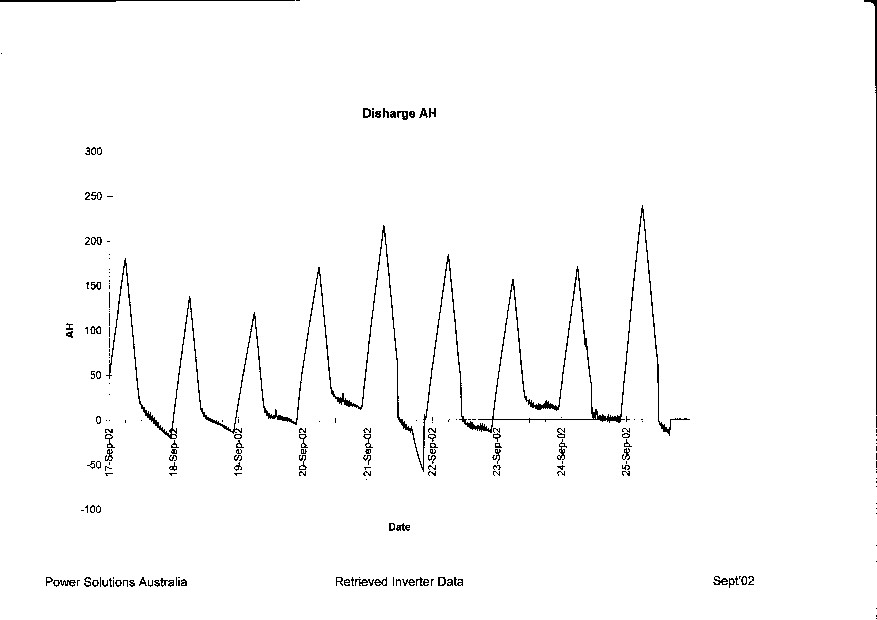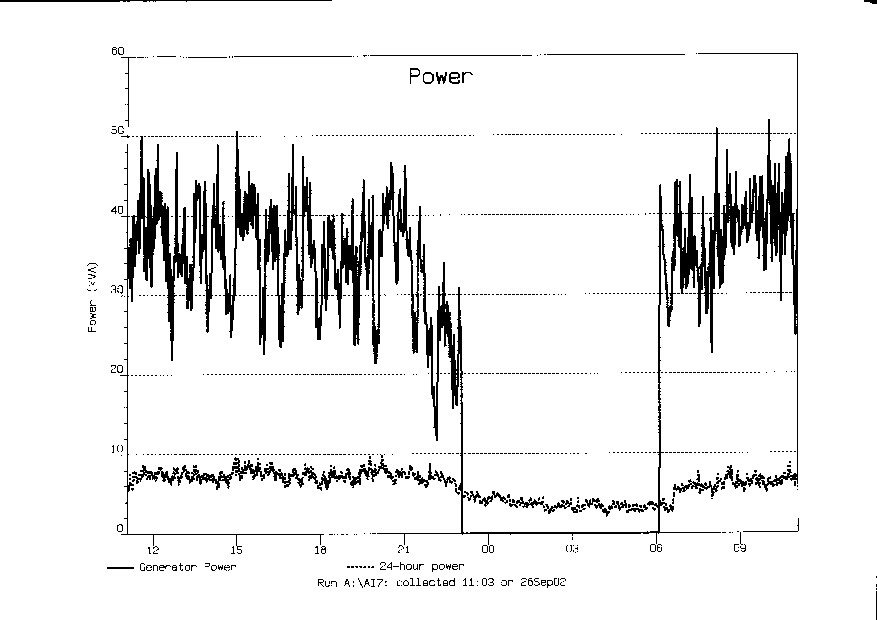Branimir at Aileron.
- Details
- Category: Branimir's Highway
- Published: Saturday, 18 November 2017 05:50
- Written by Branimir
- Hits: 1713
Aileron Roadhouse and Hotel, Stuart Highway, Northern Territory of Australia. 130km North of Alice Springs.
Aileron Roadhouse Energy Audit. EEAP - complying energy audit (EEAP - Enterprise Energy Audit Program, DPIE and IEAust, Australia).
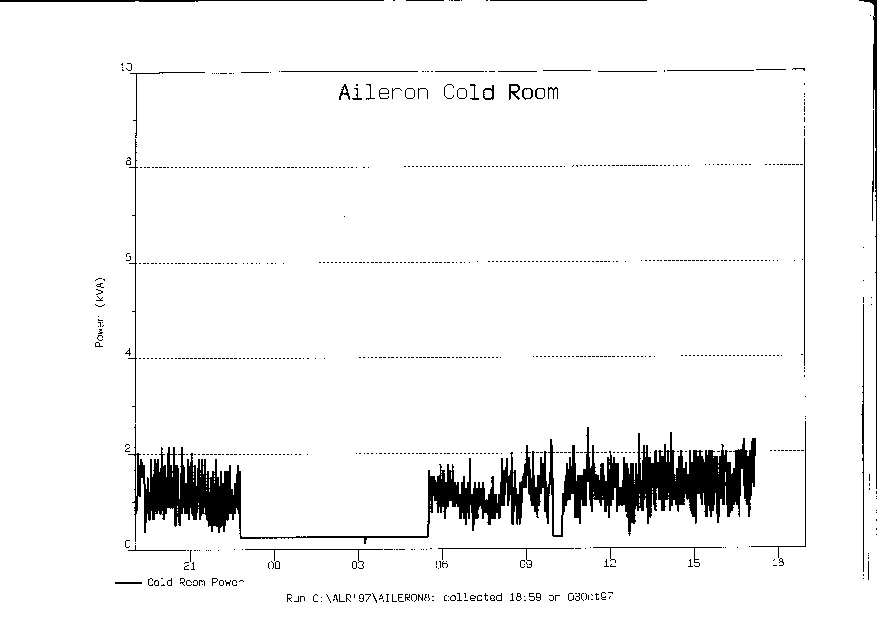
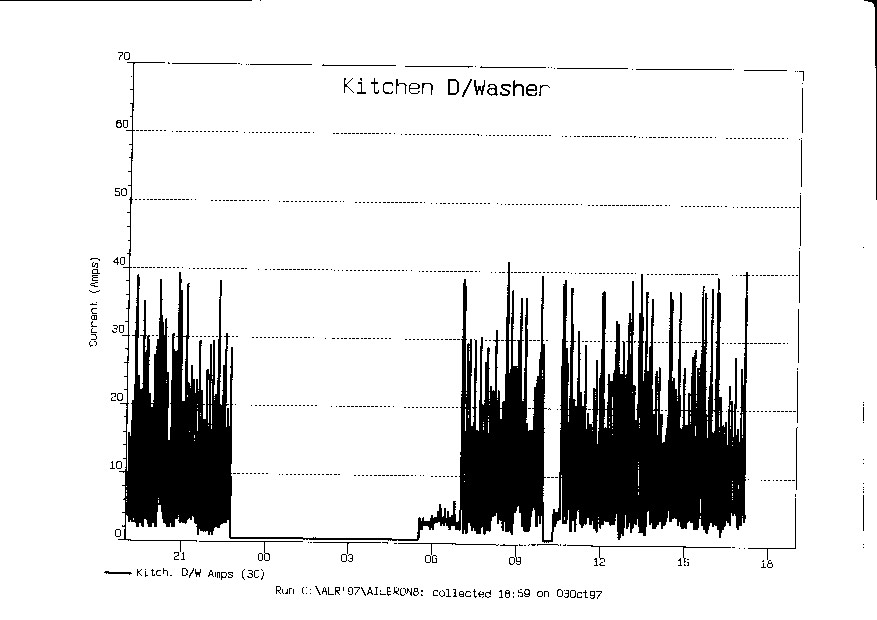
Aileron Station, Red and Blue Bus, Land Rover, Fred of Sweden, Shara and Percheron Horses.
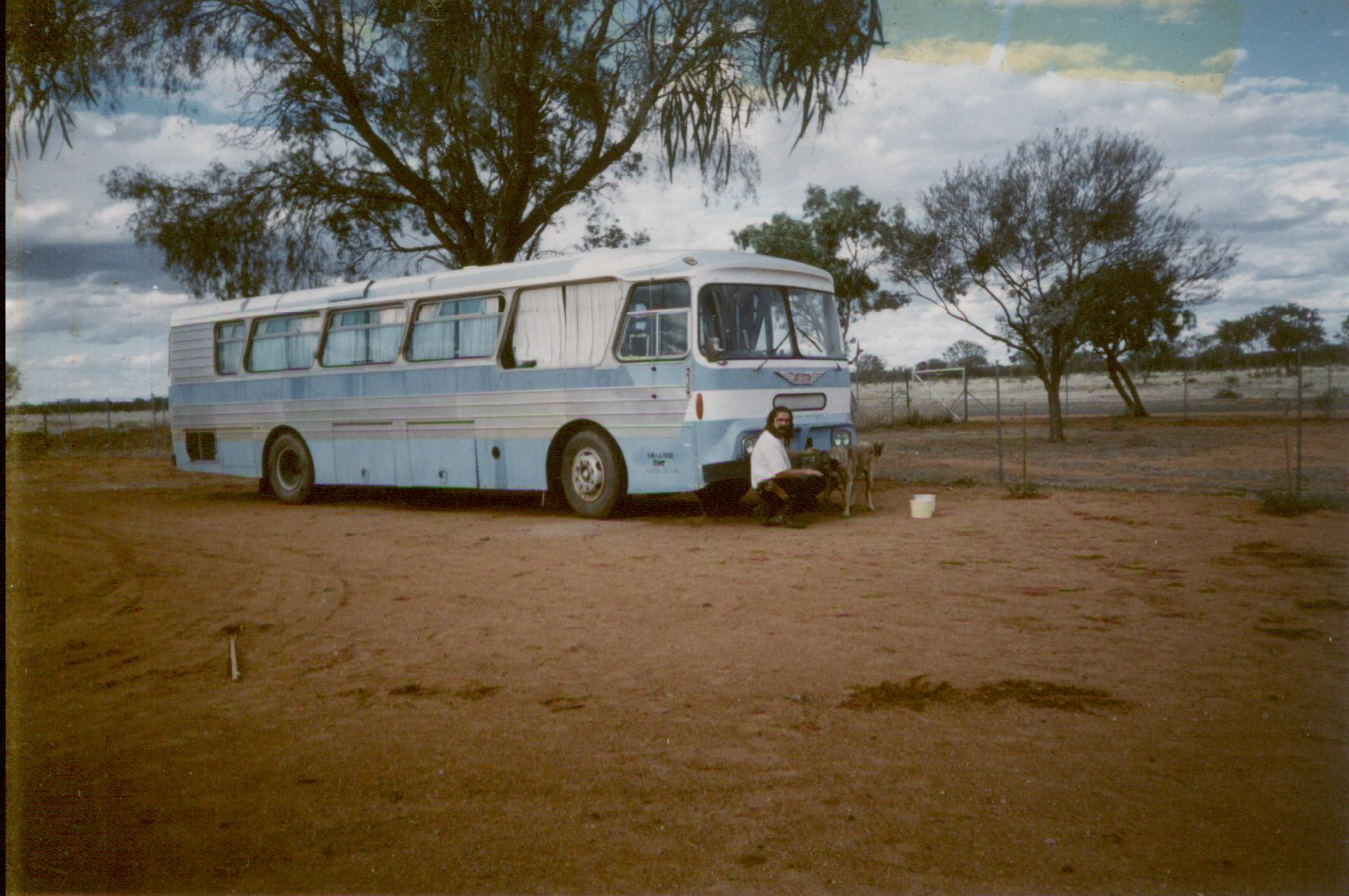

Hybrid Renewable - Diesel Power System for Aileron Roadhouse. For more than a decade it was the only Hybrid Power System along the Highway.
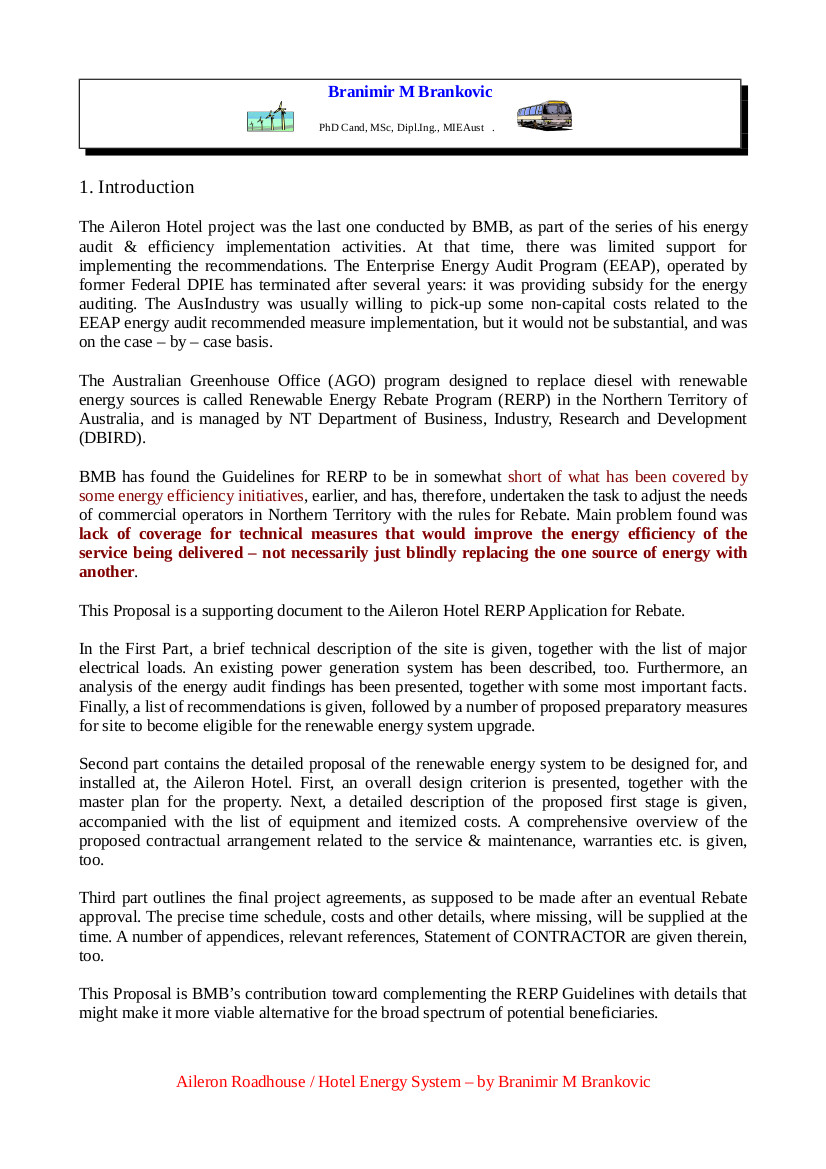
Electric power generation and distribution at Aileron Roadhouse / Hotel
The electric power generation i.e. energy transformation systems at Aileron Hotel consists of two diesel – electric generating aggregates, two inverters, a battery bank and a separate battery charger, and some accessory equipment. The system components are presented at the following Table:
|
|
|
|
|
|
|
|
|
|
Table: Aileron Hotel Power Supply System |
||||||||
|
Item # |
Item |
Model |
Rating/Size |
Average Run Time Hours per Day |
Diesel Cost per Annum |
Maintenance Cost per Annum |
|
|
|
P.1.1 |
Diesel Engine |
HINO HO7D |
90kW |
8 |
|
|
|
|
|
P.1.2 |
Electric Generator |
Stamford 3Ph |
70kVA |
8 |
|
|
|
|
|
P.2.1 |
Diesel Engine |
HINO HO6D |
75kW |
8 |
|
|
|
|
|
P.2.2 |
Electric Generator |
Stamford 3Ph |
55kVA |
8 |
|
|
|
|
|
P.3 |
Interactive Inverter & Charger |
PSA 1Ph |
10kW 120V DC 240V AC |
24 |
|
|
|
|
|
P.4 |
Battery Bank 120V / 680Ah Tubular Plate |
Century / Yuassa ENERSUN |
10x(2x(3x2V)=120V, 680Ah |
8 |
|
|
|
|
|
P.5 |
Sine Wave Inverter |
SIEMENS 1Ph |
10kW 120V DC 240V AC |
spare |
|
|
|
|
|
P.6 |
Battery Charger |
PEACAN 3Ph |
10kW 240V AC 120V DC |
spare |
|
|
|
|
|
|
|
|
|
|
|
|
|
|
Generators operate one at the time. The inverter in use (after 1/10/2002) was PSA generator interactive 10kW unit, equipped with built-in battery charger. The battery bank would supply power through the inverter overnight (22:00-6:00), but BMB has detected some 15 periods of daylight usage of batteries, mainly due to the improper inverter setup.
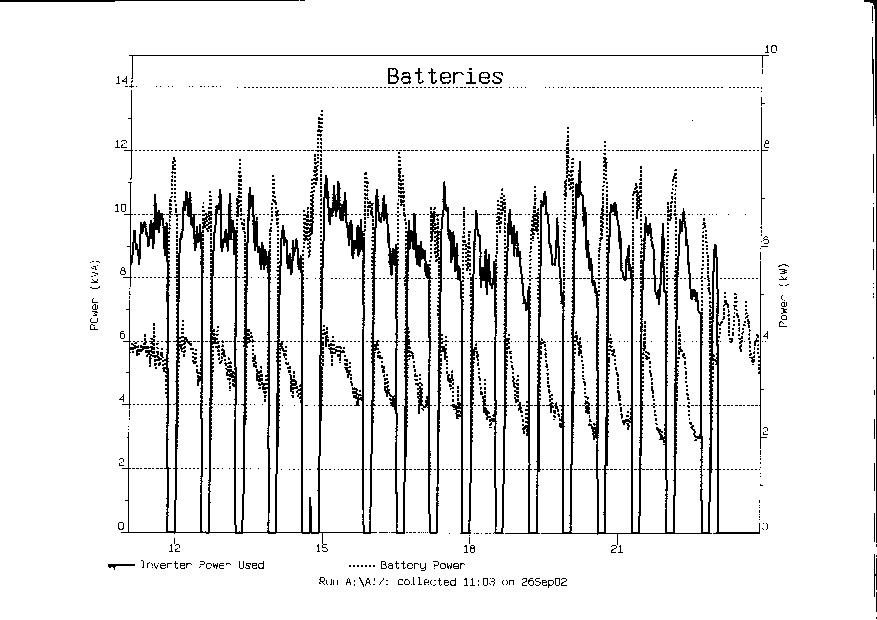
The distribution of electrical energy is done via two practically independent networks or mini – grids. Initially, everything has been supplied from main distribution board located at generator shed. Prior that box, there is a selection switch, that determines which generator is going to be used. After the main switch board, the electricity was distributed via underground cables to the first level distribution boards. Further, the electricity is sent to the second level sub-boards, and, finally, to the consuming appliances.
First inverter – charger – battery bank set introduced so-called 24-hour supply grid: namely, some appliances have been fed directly from the inverter, while the generator has been switched off. The first inverter (Siemens single phase sine wave) was connected to the system with separate battery charger and the first battery bank (some time in 1994) in a combined series / switched configuration (as defined in Australian Standard AS4509.2 – 2002): some loads have been alternatively supplied by generator directly, or by inverter, but via the physically same lines (wires).
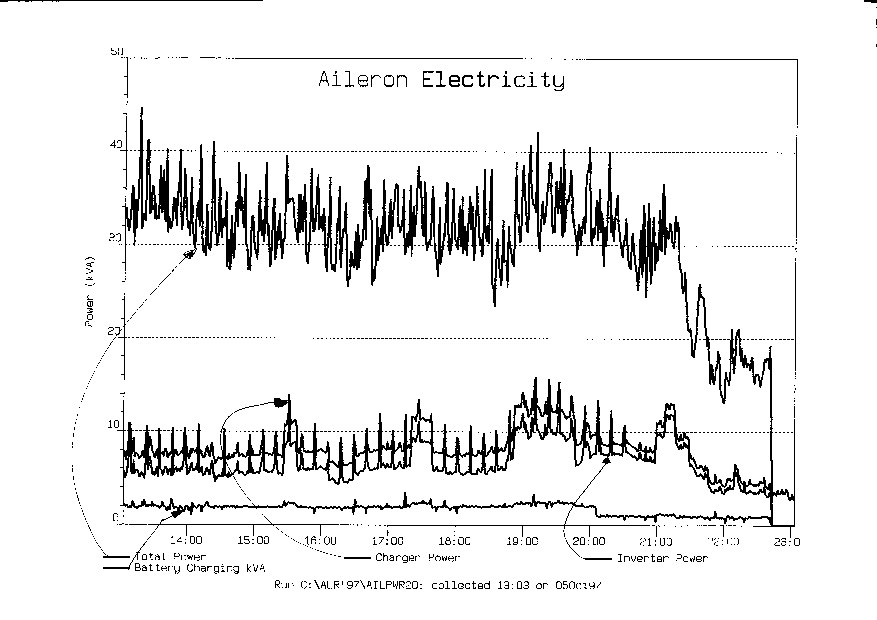
Latter, with the PSA generator – interactive inverter, the configuration is so – called switched (again, as per AS4509.2 – 2002), and there are two physically different sets of wires supplying some loads directly from generator (and only while the genset is running), or from inverter (practically 24 hours: but, the power is only redirected from the generator during the genset active time, and is drawn from the batteries via inverter, while the genset is switched off).
Additional confusion in the system brings the fact that PSA inverter is a single phase 10kW machine running in conjunction with the three phase 70kW (or close to it) generator, sourcing the power for battery charging and load supply from only one phase of the genset. Therefore, the intelligence of the inverter is almost useless, as the machine (inverter) has no information about the performance of the entire genset.
To be even worse, there was not a single piece of paper or any relevant reference as of the actual power distribution setup i.e. what supplies what.
In a such situation, a complete distribution system inspection and rewiring was required, in order to enable, first, safety and controllability of the power supply, and, second, optimal performance of the existing, and any future, hybrid power supply system.
Branimir has managed to sketch the block – diagram of what would be called electric power distribution system within the Aileron Hotel premises, and it is given on the following figures. First, the electric power distributed directly from the generator(s):
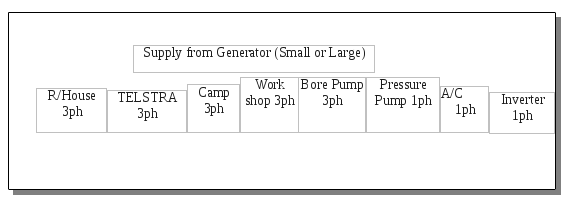
The so - called ‘24h – power’ is supplied via the inverter distribution grid – either directly from the generator or from the battery bank. The indicated distribution layout is given on the following figure:

In fact, the inverter supplies power to the sections of Roadhouse, Motel, Camp and Staff Living Quarters.
